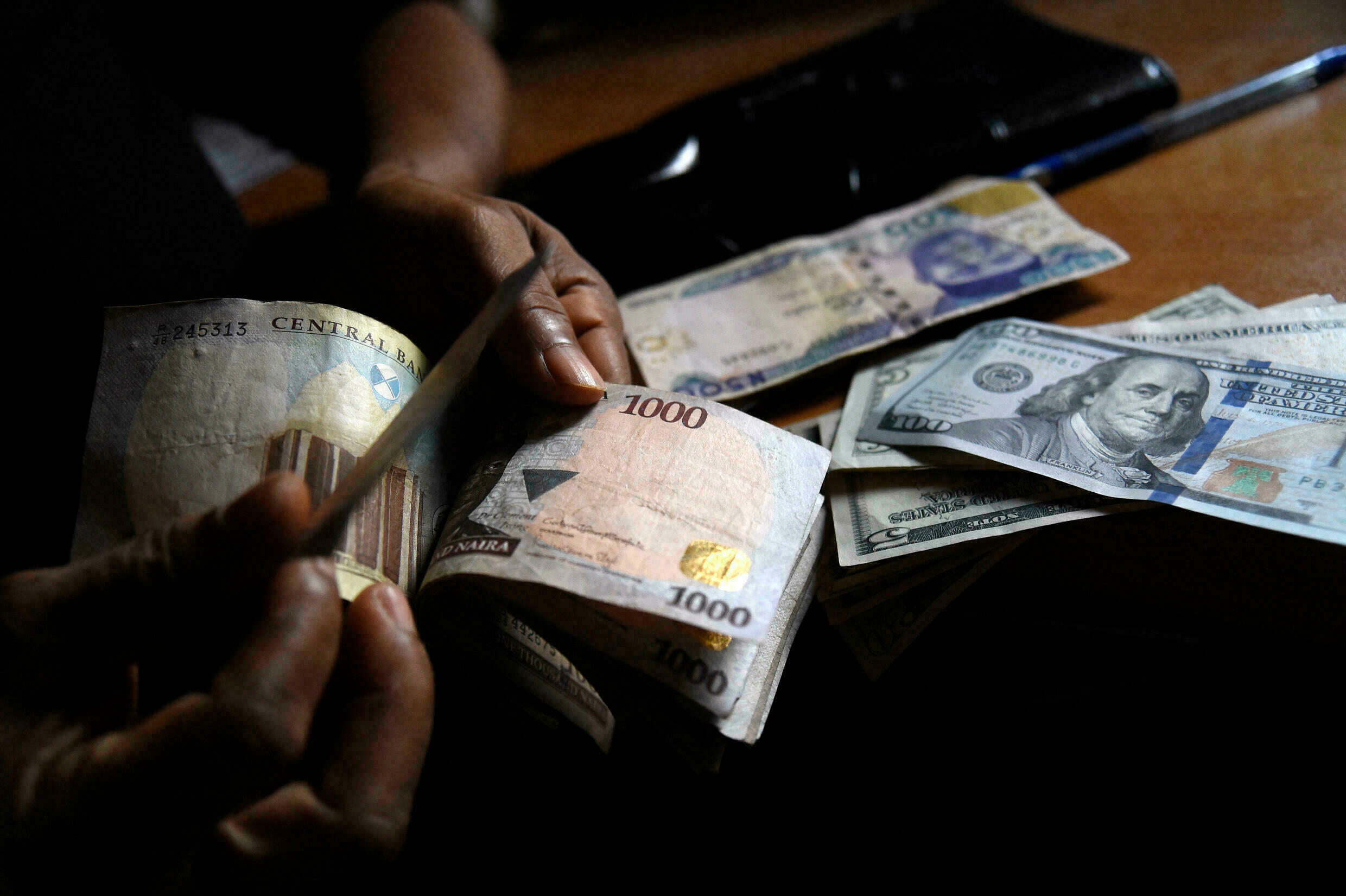
How Currency Exchange Rates Are Calculated
A currency in the simplest sense is currency in any shape or form when in circulation or use as a medium of trade, particularly circulating coins and banknotes. This definition is broad enough to cover all nations and banking systems since the earliest civilizations developed currency with standardized weights and denominations. Today’s definition covers the processes and procedures used by banks and other financial institutions to change the value of a nation’s currency to match the value of an international currency. Although currency trading may seem to be simple, there are several components that influence the value of a currency, including supply and demand, political and economic factors, and even the transfer of information between various parts of the globe. For example, the U.S. dollar is often considered a stable currency because it is backed up by the U.S. economy, whereas other currencies are not so secure.
The U.S. dollar, Canadian dollar, British pound, Swiss franc, and New Zealand dollar are all internationally recognized currencies. They are usually traded over the counter (OTC) in either a fixed rate or floating rate arrangement. OTC trading is when traders trade currencies based on their current price to help them gain an advantage when making decisions regarding purchases or sales. These transactions also occur over the internet, through brokers, or directly between traders. Some of the more popular OTC currency exchanges include the London exchange, the New York exchange, the Australian exchange, the Japanese yen, and the Euro exchange.
While currency trading is usually regulated and controlled by governments, each country issues its own currency. Typically, countries issue their own currency based on the specifications for their issuance. For example, the Euro is typically issued by the European Central Bank. The New Zealand dollar is normally issued by the New Zealand Monetary Authority. Each of these currencies are typically backed by a government. The issuing country then promises to deliver a certain amount of the currency with the specified denomination on an official exchange.
Typically, trading occurs on the Over the Counter Market. OTC trading occurs when a trader purchases currency with the expectation of selling it back later at a profit. Most private individuals, banks, and various organizations worldwide use the currency exchange market to purchase and sell currencies. Those who do business on the OTC market are usually not supervised by governmental agencies or government-run institutions. Most of the world’s most well-known currency trading firms are not members of the OTC market; instead, they conduct their business through brokers who are acting as representatives on behalf of the client.
Because there are a variety of currencies that can be traded on the Over the Counter Market, it can take a long time sometimes before a person is able to find a currency they are interested in. This is because the exchange rate for any particular currency can fluctuate drastically from one time to another. In addition, several different types of currencies can be traded at the same time. For instance, if a person is looking to buy only British pounds, they would enter the currency trading market to purchase U.S. dollars. The rate for the British pound changes every minute in response to the U.S. government’s budget.
While many people trade currencies on the Over the Counter Market to obtain short-term profits, these investors may also speculate on the possibility of obtaining more long-term benefits from a particular currency. If the exchange rate for the Swiss franc becomes favourable, the franc can become a strong global currency that provides a good financial fit for those who have its native currency. However, if the rate of the franc falls, then investors will likely be on the lookout for a potential fall in the value of their national currency.